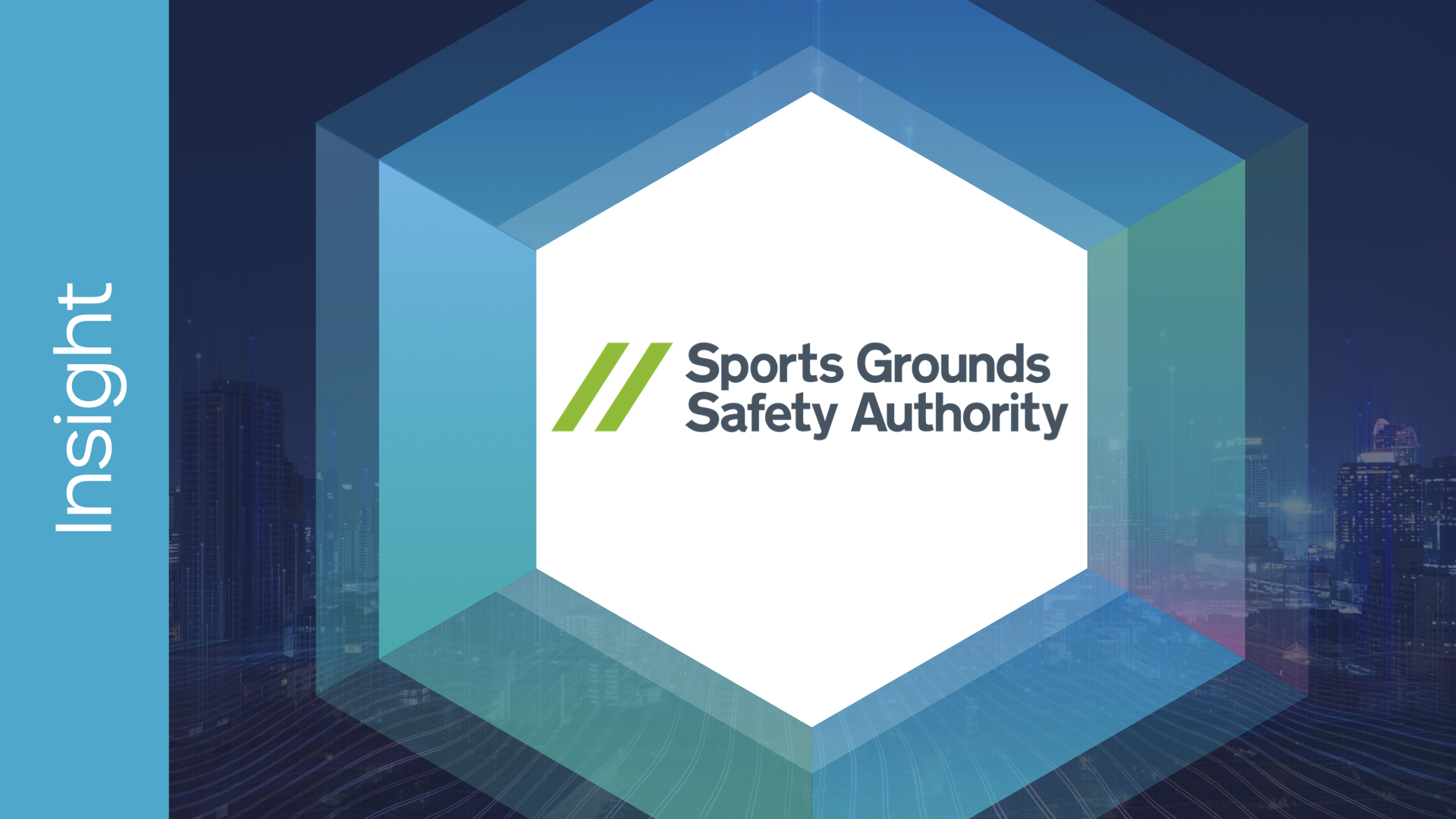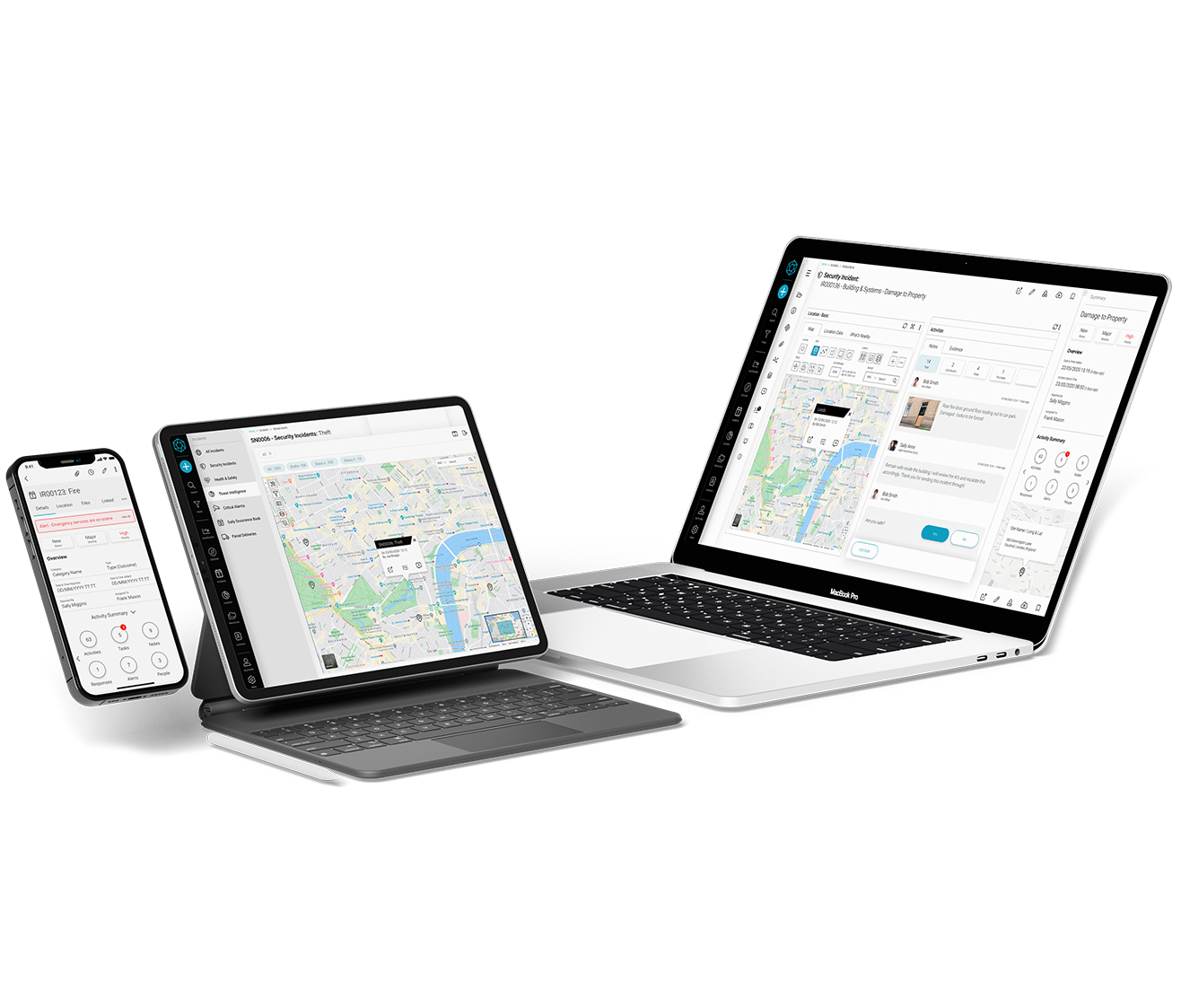Full evacuation - full evacuation protocols for fire and building evacuations.
Partial evacuation - partial evacuation protocols including linked levels (i.e. with plant, mezzanine floor), on-alert floors & additional level evacuation capability as the incident progresses
Evacuation status - complete & reoccupation status changes and automated communications
Shelter-in-place - emergency response covering lockdown, invacuation, restricted access to building and securing the building.
GOLD command escalation - assigned overall command with ultimate responsibility & accountability for the response to the incident.
Edit and customise the existing types specific to your own requirements and processes.
Create your own event types and workflows
Automatically integrate alarms from other systems i.e. smoke sensors, fire alarms etc. (see "APIs")
Edit - complete changes, collate, consolidate and manage all evidence centrally ensuring it is handled securely and in a compliant way.
Assignment - triage and allocate responsibility of the alarms to individuals and teams - internal or 3rd party responders/keyholders.
Statuses - move the emergency response through the cycle through to closure.
Comments - two-way communication with responders, add notes, continuous commentary and narrative.
Mapping - view the incident location, surrounding area, swop the view from map to satellite & activate layers for people/sites.
Criticality - set default priority & severity levels and manually escalate or deescalate alarms to keep teams informed.
EOP/SOP automation - automate & orchestrate pre-defined standard & emergency operating procedures by the auto-creation of tasks.
Files - upload media, files, CCTV & wide range of files to support an alarm either manually uploaded, from a mobile device or via the API.
Tasks - coordinate the planning & tracking of response tasks to ensure designated actions are completed & deadlines are met.
Notifications - automatic or manually triggered alerts and notifications using a wide range of communication methods.
Responses forms - formalised responses, checks, sign-offs, statements, forms and processes can be setup and enforced.
Plot - add points, polygons & radius to the map with response forms to mark actions & additional locations i.e. fire assembly points etc.
Involved parties - capture of emergency service details and if required suspects, offenders, victims, injuries, witnesses and vehicles.
Linking - linking of incidents together, with configurable link relationships - allowing for a investigations to see the bigger picture.
Costs - log all losses as a consequence of an incident - from time-based costs, purchased resources, damages, losses etc.
Audit timeline - transparency of all updates, actions and activities conducted on an incident, displayed in a clear timeline.
Data restrictions - management and control over user access & permissions defining which user group can access and manage.
Export - export the alarm details in a PDF format to print - PDF reports can branded and customised.
TV mode - for display on control rooms video walls and triage rooms for situational awareness and ongoing updates.
Data push - interface with 3rd party systems via API endpoints.
Search - powerful filtering facility & advanced query builder that allows users to customise search criteria, filter & interrogate data sets.
Analysis - map key metrics and unlimited reporting suites and dashboards using flexible widgets - add lists, counts, graphs & maps.
Iconic & tall buildings
Real estate portfolios
Venues & events
Studios & entertainment
Retail stores & supply chain
Critical national infrastructure
Security & FM service providers
Emergency responders







 +44 (0)1604 598989
+44 (0)1604 598989